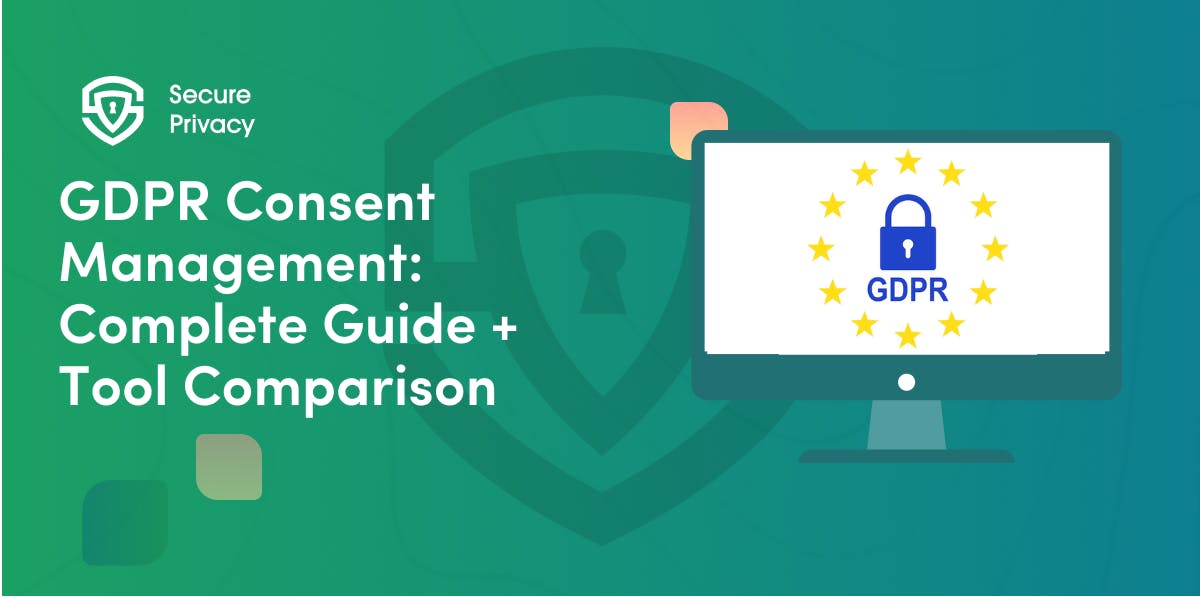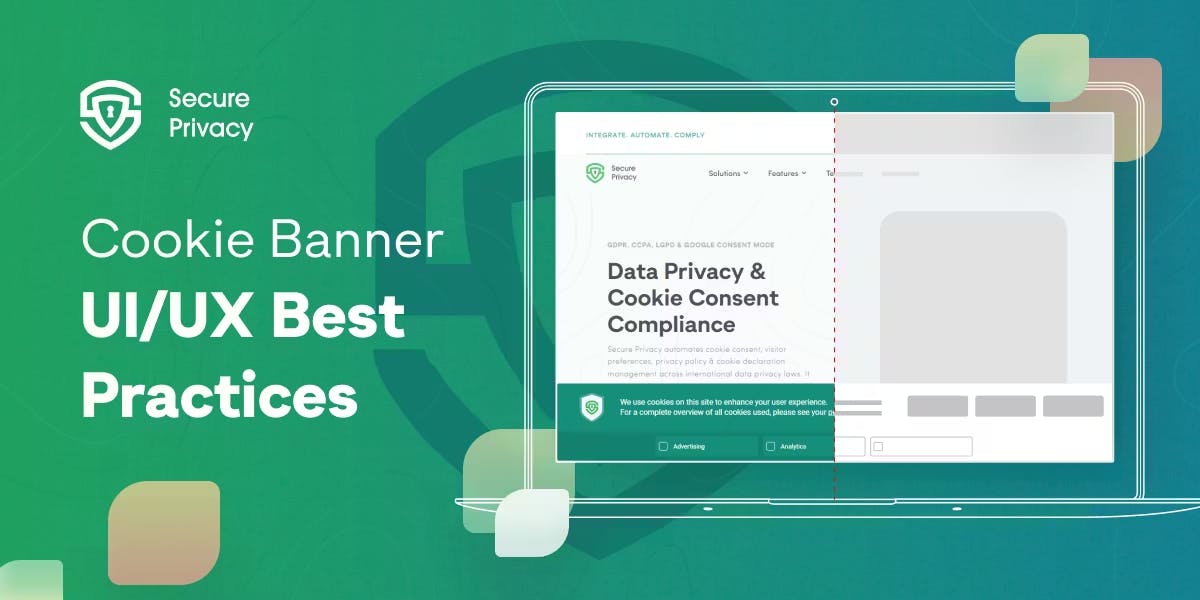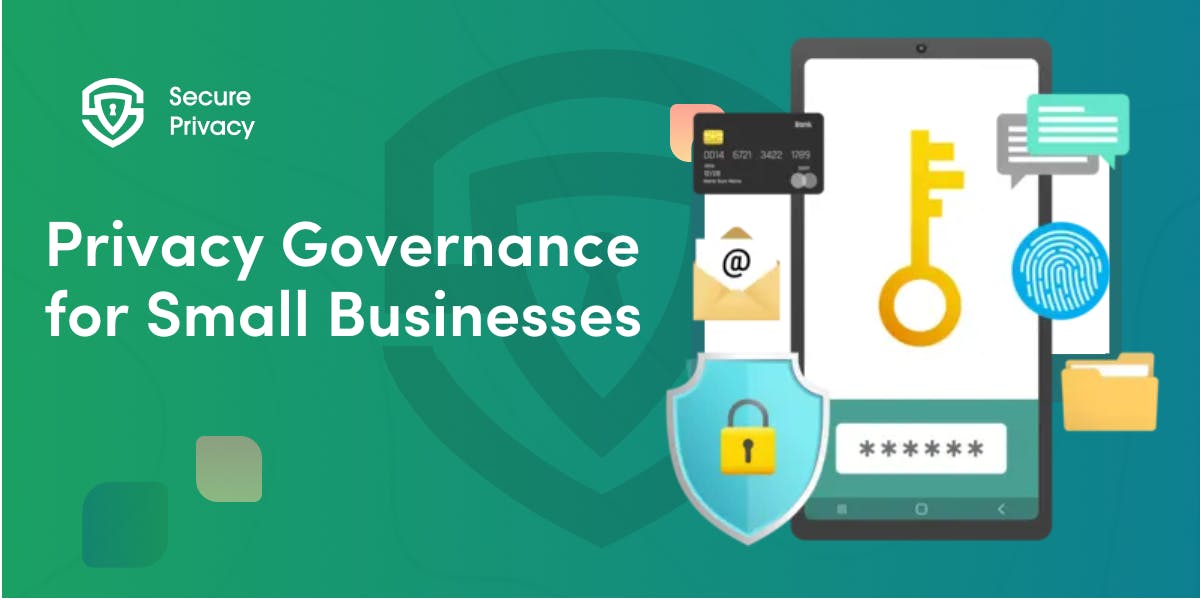Low-Code Privacy Consent for WordPress: Automate Compliance in Minutes
Your WordPress site is live, traffic is growing, and everything seems perfect—until you realize you're collecting cookies without proper consent. Low-code privacy consent for WordPress transforms compliance from a technical nightmare into a simple configuration task that takes minutes instead of months.
The reality is stark: 75% of websites fail basic GDPR consent banner requirements and CCPA cookie consent standards. If you're managing WordPress sites for clients, running an e-commerce store, or operating a content platform, you need WordPress cookie consent infrastructure that works immediately — without diving into code or hiring a development team.
In this guide, you'll discover how no-code cookie consent tools and low-code consent management platforms eliminate technical barriers to privacy compliance, why they outperform traditional WordPress plugins, and which features separate genuinely effective solutions from basic compliance tools.
Why Privacy Consent Matters Now
GDPR violations cost €1.2 billion annually in fines, with individual penalties reaching €20 million or 4% of global revenue. Beyond regulatory enforcement, Google Consent Mode v2 now requires explicit consent signals for EU visitors or your advertising measurement capabilities simply stop working. Without proper consent infrastructure, you lose access to critical analytics and marketing attribution data.
For WordPress users, the challenge compounds because every plugin potentially introduces new tracking technologies. Traditional approaches required manual cookie audits consuming 20-40 hours annually per site. When managing multiple client sites or running lean marketing teams, that overhead becomes unsustainable.
Why WordPress Makes Low-Code Consent Essential
WordPress powers 43.5% of all websites globally. The open plugin ecosystem creates consent complexity — installing WooCommerce, Google Analytics, Facebook Pixel, and other tools means processing data through dozens of third-party services, each with distinct privacy implications. Every new plugin or theme update can introduce additional tracking technologies that require consent management oversight and documentation.
Low-code consent platforms solve this through automation. Modern consent management platforms scan your site automatically, detect tracking technologies, categorize them by purpose, and provide non-technical interfaces for controlling what loads before visitors consent.
Marketing teams gain independence from developer queues. Agencies scale consent management across hundreds of client sites without proportional increases in technical overhead.
Traditional WordPress Plugins vs. Cloud-Based Low-Code CMPs
WordPress-native plugins like Complianz install directly into your WordPress environment, storing consent data locally. These GDPR consent banner solutions work well for simple deployments but face limitations in cross-domain consent sharing and multi-site management.
Cloud-based low-code CMPs like Secure Privacy, Cookiebot, and Usercentrics operate differently. Core consent logic runs on cloud infrastructure, with lightweight plugins connecting your site to centralized services.
This architecture enables centralized dashboards managing consent across unlimited sites, advanced analytics, and geolocation engines automatically displaying region-appropriate experiences without custom coding.
Hybrid approaches like Termly support both plugin installation and direct script embedding via Google Tag Manager, enabling deployment flexibility across diverse technical environments.
Core Features of Effective Low-Code Consent Tools
When evaluating WordPress cookie consent options, several capabilities separate effective low-code privacy consent solutions from basic compliance checkboxes.
Automatic Cookie Scanning
Modern CMPs deploy automated scanning executing comprehensive detection across WordPress core, plugins, themes, and third-party scripts. These tools achieve 95%+ accuracy, automatically grouping cookies into compliance-required categories.
Automated categorization reduces manual audit requirements from weeks to hours. For agencies managing multiple sites, this automation delivers massive efficiency gains.
Region-Based Consent Logic
GDPR requires opt-in consent. CCPA provides opt-out rights, making CCPA cookie consent WordPress implementations technically distinct. LGPD in Brazil implements opt-in frameworks with distinct requirements.
Low-code CMPs solve this through geolocation-based rule engines. WordPress sites automatically display appropriate consent experiences based on detected visitor location.
EU visitors receive full opt-in consent banners with granular categories. California visitors see opt-out interfaces. This geolocation logic operates entirely through configuration interfaces—no custom code required.
Google Consent Mode v2 Integration
Google Consent Mode v2 represents critical infrastructure for sites using Google Analytics or Ads. Starting March 2024, Google required EU users to provide explicit consent or websites lost advertising measurement capabilities.
Low-code CMPs provide one-click enablement. Once enabled, CMPs automatically inject Google's consent framework JavaScript, establishing required parameters. The technical complexity remains invisible to non-developers.
For WordPress site owners, this represents the core value: enterprise-grade functionality through accessible interfaces.
Consent Logging and Audit Trails
Low-code privacy consent platforms maintain detailed consent audit trails automatically. Each consent decision captures timestamp, consent state, IP address, and device information. Compliance officers export consent logs as PDF reports for regulatory submission.
How Low-Code CMPs Integrate With WordPress
Script-based deployment represents the simplest integration path. Consent management platforms provide single JavaScript snippets that site owners paste into WordPress headers. Most platforms offer dedicated plugins that automate this step—install the plugin, enter credentials, and infrastructure activates immediately.
This contrasts with traditional custom development requiring theme modifications or extensive configuration work. Low-code deployment enables marketing teams to implement consent management without waiting for developer availability.
Configuration without code extends beyond deployment. Banner customization, consent category management, and geolocation rules all configure through visual admin interfaces—democratizing privacy compliance through low-code privacy consent.
Why Agencies Choose Low-Code Solutions
Developer scarcity represents the fundamental constraint. Traditional compliance approaches assumed organizations had development resources available. That assumption fails for most WordPress users. Low-code consent platforms eliminate this dependency—marketing teams implement infrastructure without requiring developer involvement.
Multi-site scalability creates compelling value. Low-code privacy consent platforms provide centralized dashboards managing unlimited WordPress installations. For agencies, this operational efficiency transforms consent management from cost center into profit opportunity.
Compliance confidence matters when client relationships depend on delivering reliable services. Enterprise-grade platforms backed by legal teams provide confidence traditional plugins cannot match.
Comparing Leading Platforms
Secure Privacy positions itself as the comprehensive solution balancing automation, customization, and scalability. The platform's automatic cookie scanning executes scheduled sweeps detecting tracking technologies without manual intervention. Geolocation engines implement region-specific consent logic supporting GDPR, CCPA, LGPD, and 150+ regulations through configuration interfaces requiring zero custom development. White-label capabilities enable agencies to offer branded consent platforms.
Cookiebot represents one of the most-deployed platforms globally. The cookie scanning technology achieves high accuracy across diverse WordPress configurations. IAB Transparency and Consent Framework v2.2 certification enables publishers to maintain advertising revenue while achieving compliance.
Complianz occupies middle ground, offering capabilities while maintaining WordPress-centric architecture. Integrated policy generation distinguishes Complianz — privacy policies and legal documentation generate directly within the platform.
Implementing Low-Code Consent: Practical Steps
Step 1: Audit current tracking. Identify what tracking technologies currently operate on your WordPress site.
Step 2: Determine applicable regulations. Geographic visitor distribution determines compliance requirements.
Step 3: Select and deploy your CMP. Choose platforms balancing features, pricing, and operational fit. Comprehensive CMP implementation guides help ensure correct selection and deployment.
Step 4: Configure cookie categories and scanning. Enable automatic cookie scanning and review detected technologies. Verify categorization accuracy.
Step 5: Customize consent banner design. Platforms provide visual designers customizing appearance without CSS expertise. Adjust positioning, modify button text, translate content, and configure consent granularity.
Step 6: Implement geolocation rules. Configure region-specific consent experiences. EU visitors should receive opt-in banners. California visitors need visible opt-out mechanisms.
Step 7: Activate Google Consent Mode v2. If using Google Analytics or Ads, enable Consent Mode v2 through CMP settings.
Step 8: Verify consent logging. Test consent collection. Review consent logs confirming detailed records capture timestamps and consent decisions.
Step 9: Monitor and optimize. Deploy infrastructure and observe user behavior. Platforms provide analytics dashboards tracking consent acceptance rates. Industry baseline averages 31-45%. Optimization techniques can increase acceptance to 70%+ while maintaining compliance.
Real-World Results
Holland.com achieved 75% consent acceptance rates through personalized consent messaging—more than doubling industry averages. They transformed compliance friction into marketing opportunity while achieving GDPR compliance.
Kmart Australia implemented centralized consent management, generating 200% increases in consenting customers through streamlined collection. Enhanced audience quality drove improved marketing relevance and conversions.
Common Pitfalls and Solutions
Accessibility violations plague many WordPress cookie banners.. Quality CMPs undergo independent accessibility audits, ensuring consent interfaces meet WCAG 2.1 AA standards.
Cookie detection gaps occur when scanning automation misses custom implementations. Platforms provide interfaces for manually adding undetected cookies.
Consent banner fatigue frustrates users. Platforms increasingly implement dynamic presentation strategies—contextual banners, progressive disclosure, and cross-domain consent synchronization.
Configuration drift happens when plugins update, introducing new tracking technologies. Automated scanning catches these changes, alerting administrators when updates require consent configuration adjustments.
Marketing Team Capabilities Through Low-Code Solutions
White-label consent management enables agencies to offer complete solutions under their own brand, transforming privacy from cost center to revenue-generating service. Privacy-as-a-Service models combine automated compliance with expert support, enabling agencies to scale without proportional staffing increases.
Consent management APIs support sophisticated integrations across diverse technology stacks, enabling developers to build custom solutions while compliance teams maintain regulatory oversight.
For WordPress site owners, agencies, and marketing teams, regulatory penalties exceed platform costs by orders of magnitude. Operational efficiency gains redirect capacity to revenue-generating activities. Technical accessibility enables immediate implementation without development queues.
Maximizing ROI Through Optimization
Maximizing ROI with consent management platforms requires ongoing optimization of consent rates, user experience, and reporting. Organizations implementing continuous testing and refinement achieve 15-25% higher long-term revenue compared to baseline implementations, while simultaneously maintaining superior compliance postures.
Digital marketing teams leverage consent data for sophisticated attribution strategies that segment audiences by consent preferences, enabling accurate performance measurement while respecting privacy choices. Real-time consent synchronization across marketing platforms ensures measurement accuracy regardless of individual user consent decisions.
Why Low-Code Consent Management Matters
Privacy compliance transformed from optional enhancement to business-critical infrastructure. WordPress's dominance—43.5% of all websites globally—makes accessible low-code privacy consent for WordPress solutions essential.
Low-code consent management platforms democratize WordPress privacy compliance. Marketing teams achieve sophisticated GDPR consent banner and CCPA cookie consent infrastructure without developer dependency. Agencies scale consent across unlimited sites. Small businesses implement enterprise-grade compliance at accessible pricing.
The 75% website non-compliance rate demonstrates traditional approaches failed. Low-code platforms succeed by eliminating technical barriers. Automated cookie scanning replaces manual audits. Geolocation engines implement region-specific compliance through configuration interfaces—all hallmarks of effective no-code cookie consent tools.
Organizations recognizing WordPress cookie consent management as strategic infrastructure achieve better outcomes. Higher consent acceptance rates improve data quality. Better attribution enables more effective marketing. Compliance confidence supports business expansion.
For WordPress site owners, agencies, and marketing teams, regulatory penalties exceed platform costs by orders of magnitude. Operational efficiency gains redirect capacity to revenue-generating activities. Technical accessibility enables immediate implementation without development queues.
Low-code privacy consent platforms transform privacy from technical burden into business-operational advantage accessible to every WordPress site owner, regardless of technical expertise.
Ready to implement low-code privacy consent for your WordPress site? Explore automated consent management solutions that deploy in minutes and transform compliance from developer dependency into marketing team capability through WordPress cookie consent plugins and no-code cookie consent tools. Start protecting your business from regulatory fines while improving data quality and marketing performance today.
Get Started For Free with the
#1 Cookie Consent Platform.
No credit card required

GDPR Consent Management: Complete Guide + Tool Comparison
Your website could be costing you €20 million. Every cookie that loads before user consent, every "accept all" button without an equally prominent reject option — these aren't minor oversights. They're violations that data protection authorities are actively hunting.
- Legal & News
- Data Protection

How to Design High-Performing Cookie Banners in 2026
“You're one click away from a €325 million fine”. That's what Google learned in September 2025 when French regulators hit them for cookie consent violations. The message is clear: cookie banner design in 2026 isn't about getting extra clicks anymore — it's about survival.
- Legal & News
- Data Protection

Privacy Governance for Small Businesses: Step-by-Step Guide
You're a 20-person company. A customer asks for their data. Your marketing team just added a new tracking pixel. Your CRM vendor updated their terms. And you just realized you might need to comply with GDPR, CCPA, or both.
- Legal & News
- Data Protection

